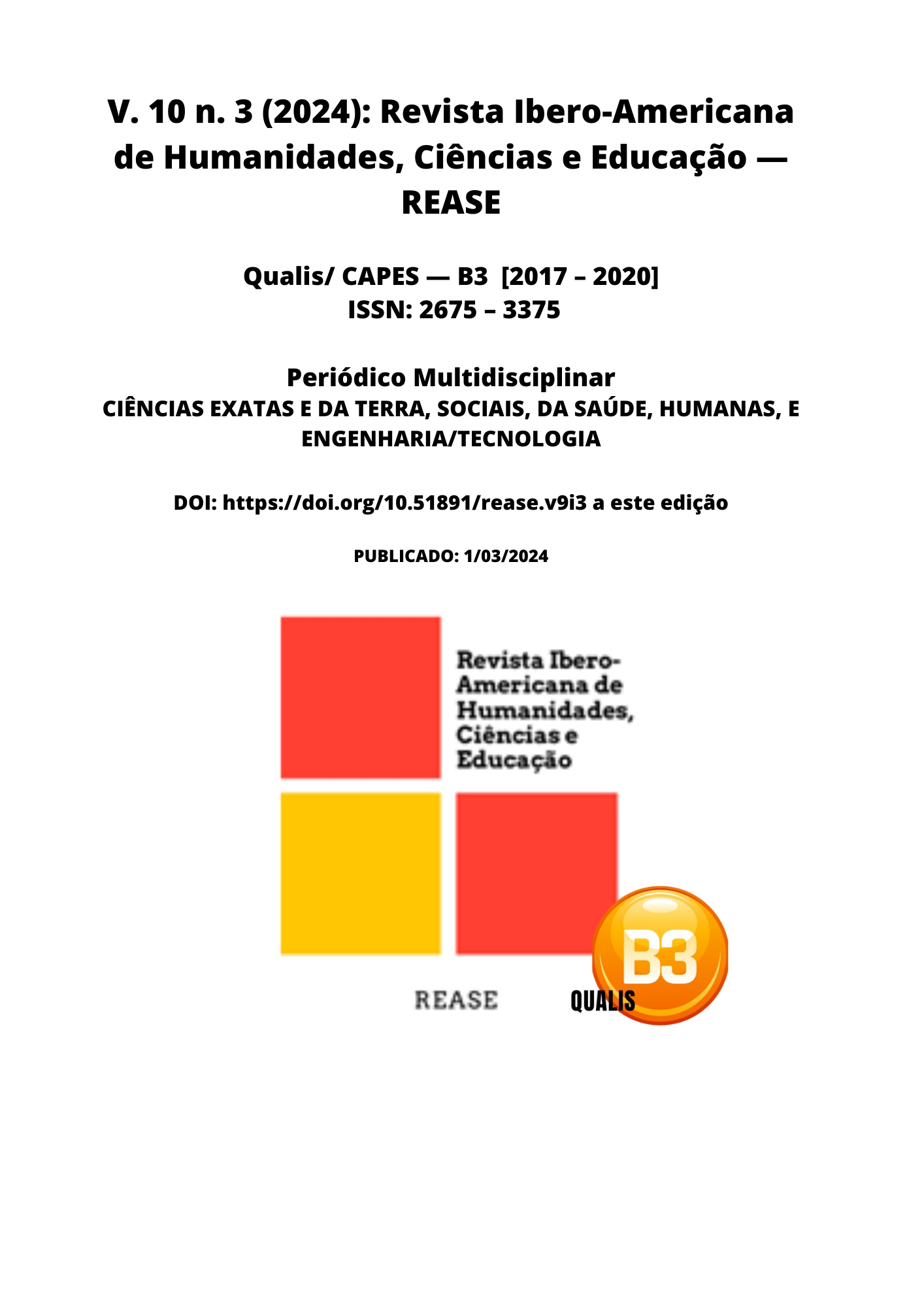AN ANALYSIS OF THE AMERICAN LITERATURE BOOK “TO KILL A MOCKINGBIRD – THE SUN IS FOR EVERYONE”
DOI:
https://doi.org/10.51891/rease.v10i3.13169Keywords:
To Kill a Mockingbird. African literature. Teaching Letters.Abstract
The novel To Kill Mockingbird was published in 1960; this, in turn, was widely accepted by the readership, causing it to be considered one of the greatest works of its period. Its trade and criticism were successful in its time, causing it to be talked about not only in the United States, but outside the country as well. The present work aims to analyze the book “TO KILL A MOCKINGBIRD – THE SUN IS FOR ALL”, providing information about this American literature novel, widely used in schools and which provides information about the present country. Through a bibliographical review, consulted through books and viewing the film, the work was formed, seeking to provide an analysis of American history, from the perspective of one of the greatest authors of the last century. Through its pages, the book brings different interpretations in the quest to bring a greater understanding of the message that must be transmitted through its pages. Through different interpretations, throughout history, it offers different explanations about the black community at the time and how it suffered prejudice from white people, being unfairly treated in different ways.
Downloads
Downloads
Published
How to Cite
Issue
Section
Categories
License
Atribuição CC BY

